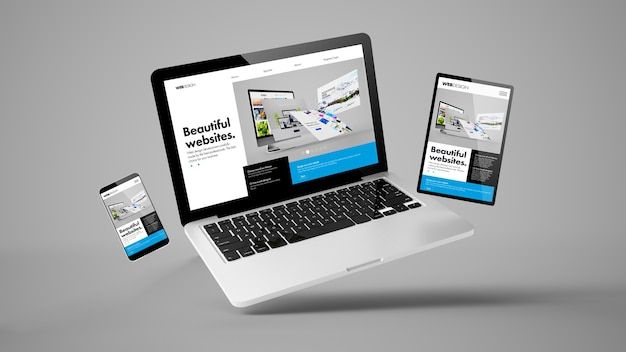Creating a website has never been easier, thanks to modern tools and platforms. Whether you’re starting a personal blog, business site, or online store, building a website doesn’t require advanced coding skills. In this comprehensive guide, we’ll walk you through how to make a website step-by-step — from choosing a domain to going live.

Why You Should Create a Website
In the digital age, a website helps you:
- Establish an online presence
- Promote your brand or products
- Share your expertise or hobbies
- Reach a global audience
- Earn money through blogs, ads, or eCommerce
Now, let’s dive into how to make your own website from scratch.
Step 1: Choose a Domain Name
Your domain name is your website’s address (like buntyblogs.com). It should be:
- Short and easy to remember
- Relevant to your brand or content
- Unique and keyword-friendly if possible
👉 Tip: Use domain registrars like GoDaddy, Namecheap, or Google Domains to search and register your domain.
Step 2: Pick a Website Building Platform
There are two main ways to build a website:
1. Using a Website Builder (Easy & Beginner-Friendly)
- Popular options: Wix, Squarespace, Shopify (for online stores)
- Pros: Drag-and-drop interface, no coding, fast setup
- Cons: Limited customization and scalability
2. Using WordPress (Flexible & Powerful)
- WordPress.org (self-hosted) gives full control and is free to use
- You need separate hosting and domain
- Ideal for blogs, business sites, and advanced users
Step 3: Get Web Hosting
Web hosting is where your website files are stored. Choose a hosting provider based on your website type.
Best hosting providers for beginners:
- Bluehost (great for WordPress)
- Hostinger (affordable and fast)
- SiteGround (excellent support)
Look for features like:
- 99.9% uptime
- Fast load speeds
- Free SSL certificate
- Easy control panel
Step 4: Install a CMS or Website Builder
If you chose:
- WordPress: Most hosting services offer 1-click WordPress installation
- Website Builder: Simply log in and start editing
Step 5: Choose a Theme or Template
Your website’s appearance depends on the theme or template.
- WordPress: Use free or premium themes from the WordPress theme directory or marketplaces like ThemeForest
- Wix/Squarespace: Choose a design template and customize it easily
Make sure the theme is:
- Mobile-responsive
- SEO-friendly
- Easy to customize
Step 6: Add Essential Pages
Every website should have the following pages:
- Home – Welcomes visitors and introduces your site
- About – Tells your story or mission
- Services/Products – Explains what you offer
- Blog – Share tips, updates, or insights
- Contact – Provide ways to reach you
👉 Use clear headings and high-quality images for better engagement.
Step 7: Optimize for SEO
To rank higher in search engines:
- Use keywords naturally (like “how to make a website”)
- Write meta titles and descriptions
- Use H1, H2, H3 tags properly
- Compress images for faster loading
- Install SEO plugins like Yoast SEO (for WordPress)
Step 8: Make Your Website Mobile-Friendly
Over 60% of traffic comes from mobile devices. Use a responsive design and test your website on phones and tablets.
Tools: Google Mobile-Friendly Test
Step 9: Launch Your Website
Before launching:
- Test all links
- Check speed and performance
- Add Google Analytics and Search Console
- Submit your sitemap
Then hit Publish and share your website with the world!
Step 10: Keep Updating and Improving
- Add new blog posts
- Update products or services
- Monitor traffic and user behavior
- Improve SEO continuously
Final Thoughts
Making a website in 2025 is accessible to everyone. Whether you use WordPress or a drag-and-drop builder, this step-by-step guide can help you create a stunning website that’s functional, SEO-optimized, and ready for success.
READ MORE IN BUNTYBLOGS.COM
PLAY GAMES IN MOHXII.COM